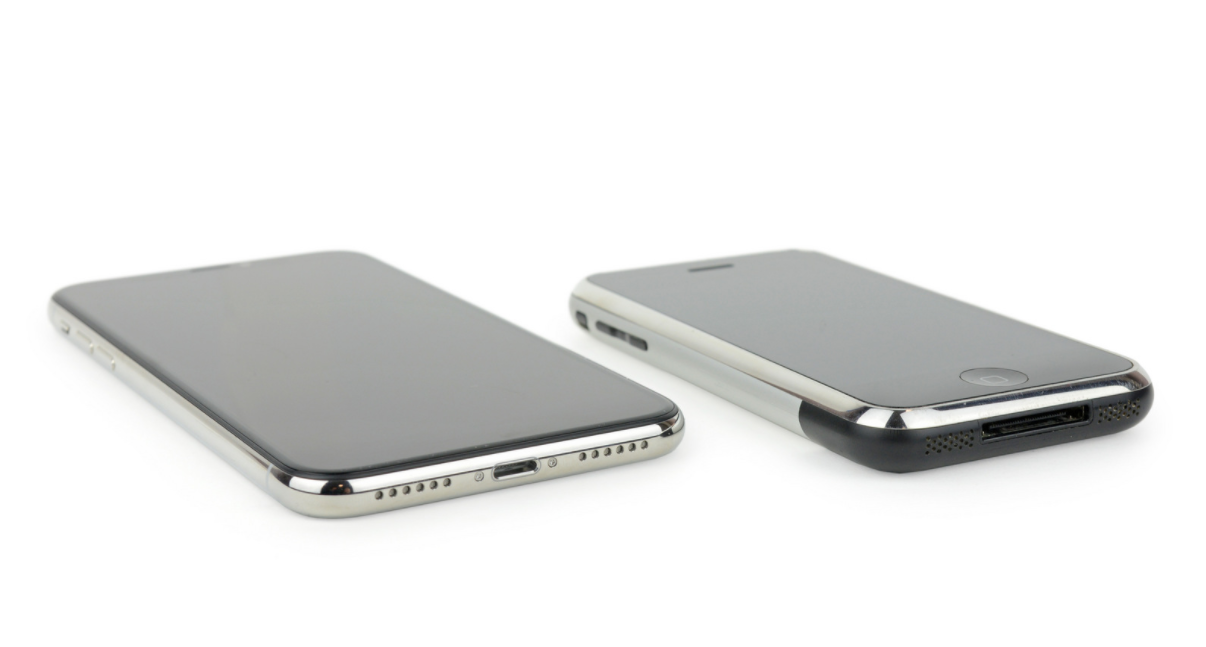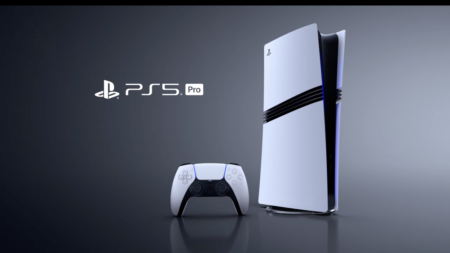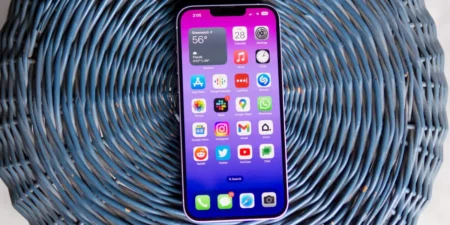The iPhone X is the hottest smartphone on the market right now, and the most advanced smartphone Apple has ever created. It’s differentiated with a very different external design and appearance. Thanks to the new and obligatory iFixit teardown, not only is the external different but the internal are radically different as well.
To start, the iPhone X has an L-shaped two-cell battery, an “unprecendented degree of miniaturization’ for the main logic board, and has several other changes that are different from the iPhone 8 design. Needless to say, the iPhone X is unique in its own way, but that can be a good and a bad thing, depending on how you look at it.
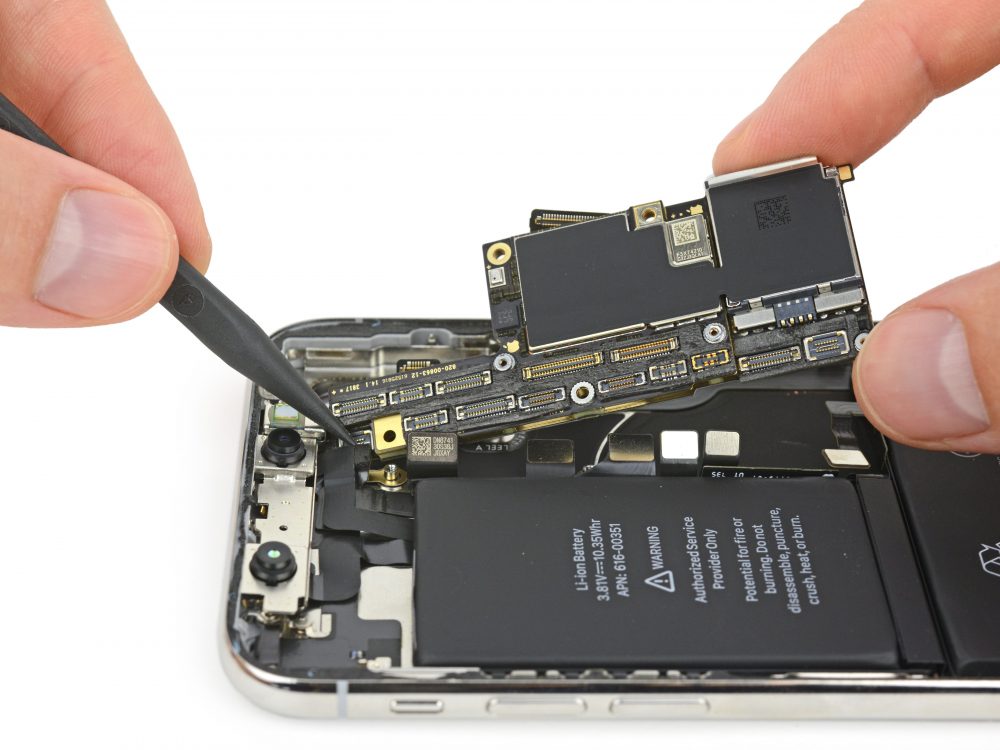
Speaking in terms of the logic board, the iPhone X logic board takes up about 70% of the space of an iPhone 8 Plus, despite having even more connectors and chips inside the device. To achieve this level of compression, Apple stacked the logic board, to have active components on both sides. The board is folded in half essentially and has components on both sides. When the logic board is unfolded and laid out, iFixit says that it’s about 35% larger than the iPhone 8 Plus logic board. The design efficiency beats out the Apple Watch design.
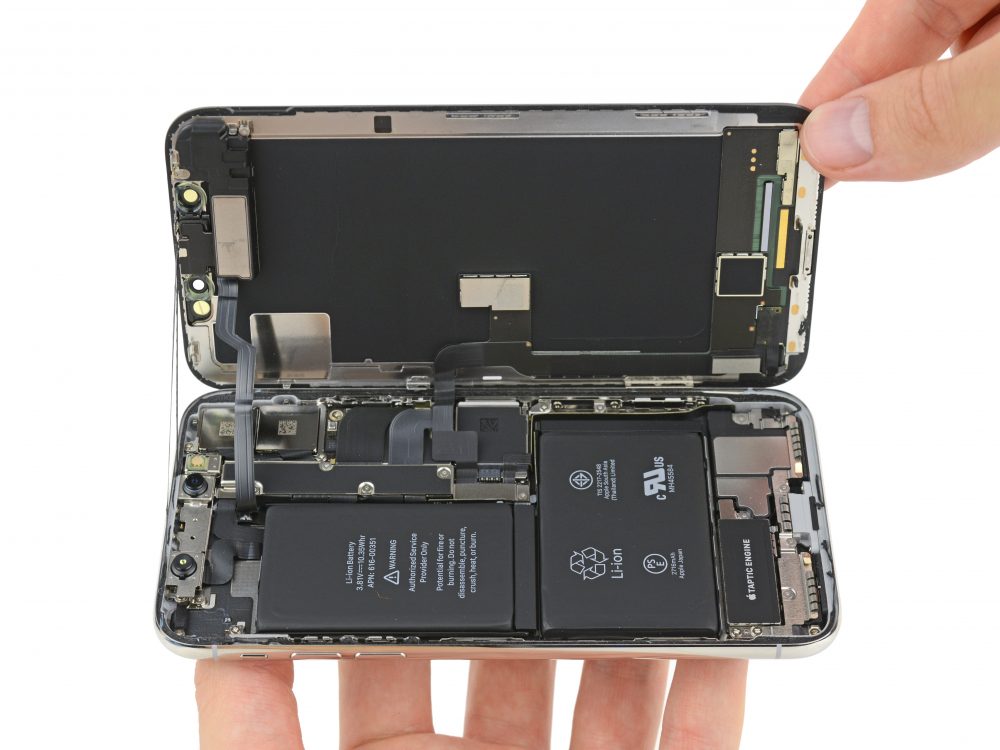
The battery continues to dominate the internal design of the iPhone X. Apple shrunk the logic board to free up more space for a new L-shaped battery design. The battery is essentially a two-cell battery, meaning the battery size and design are mean’t to maximize the available space for the battery. The total capacity for the battery is a bit larger than the iPhone 8 Plus (10.35 Wh vs 10.28 Wh), despite the chassis of the iPhone X being smaller.
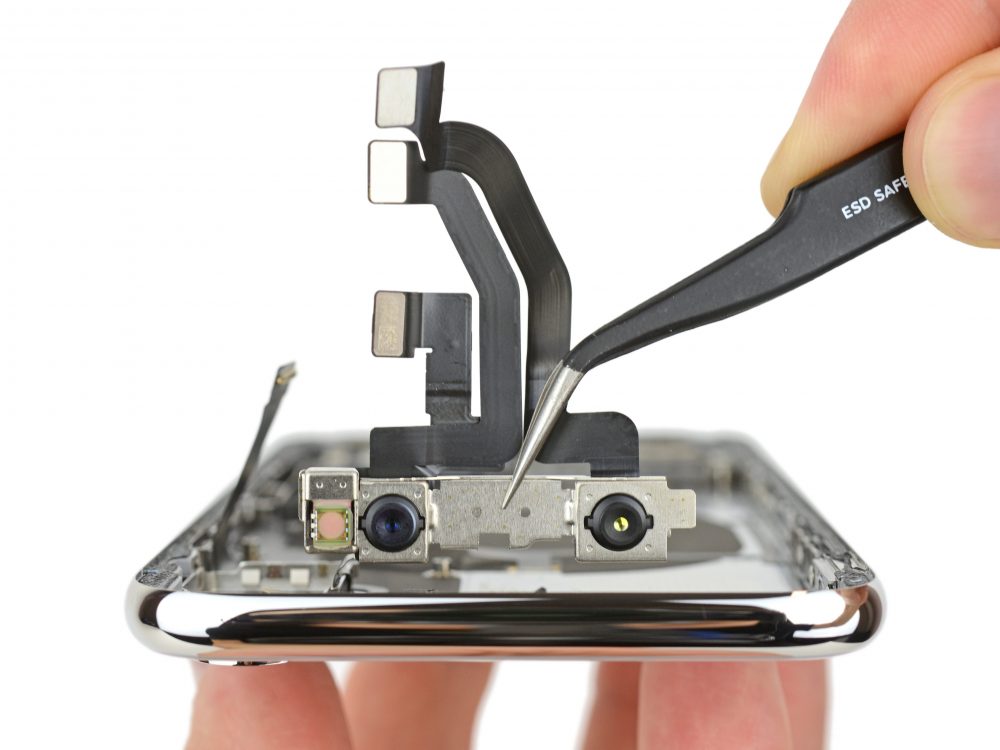
The TrueDepth camera system is an entirely new design that Apple introduced in the iPhone X. The new system combines IR illuminators, dot projectors, and cameras to make a depth map and enable the highly anticipated feature, Face ID authentication. Apple also moved the earpiece down a bit to make more room. The other sensors in the system include ambient light sensor and proximity sensor, are attached to the display component of the device.
Check out the full teardown information over at iFixit.


